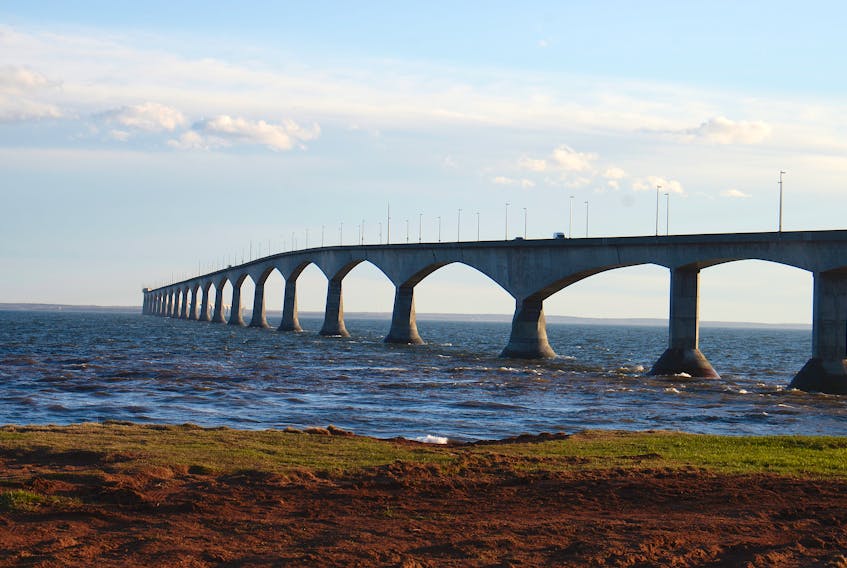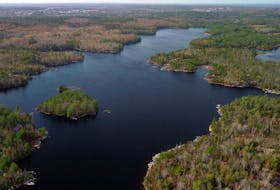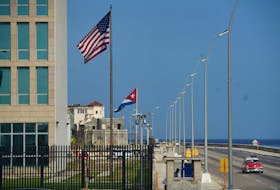It’s official. A week from today your little COVID-constrained world — or, as we now call it, your “bubble” — gets a whole lot bigger, geographically anyway.
Just four months ago, living in a bubble generally meant that you’d adopted, by choice or by habit, a somewhat narrow perspective. To live in a bubble was to consume information — often curated by carefully calibrated algorithms — that reinforced your existing world view. The bubble was a distinctly unhealthy social construct.
But today, there is virtue in bubble-dwelling.
It began with the family, or household bubble. That was the bubble you shared with the people you couldn’t get away from even when you stayed the blazes home.
Then, with the COVID-19 count headed in the right direction, provinces eased restrictions, permitting one family bubble to join with another, creating what would be labelled, inevitably, the double-bubble.
From there, bubbles expanded outward and, provinces being provinces, there were variations on the theme.
In Nova Scotia the family bubble was replaced by a number — 10. Ten Nova Scotians are permitted to gather, absent the two-metre social distancing rule, but “you’re strongly encouraged to keep your group consistent,” according to the Nova Scotia government website.
In Newfoundland and Labrador (N.L. for future reference) the government went with a double-bubble-plus scheme. The “plus” meant you could increase your two-family bubble by six other people. The province didn’t care if they were carefully selected or a random half-dozen, so long as they remained the same half-dozen.
Through all of that, the four East Coast provinces also maintained province-sized bubbles by forbidding outsiders in or, like Nova Scotia, sending visitors and itinerant citizens into 14 days of self-imposed and self-regulated isolation.
It bears noting that while other provinces occasionally restricted travel within and many discouraged visitors from outside, only Atlantic Canada, Manitoba and the Territories enforced restrictions on the entry of other Canadians.
For the time being, Atlantic Canada will continue to restrict visitors from outside the region, but next Friday, to the relief of many businesses not least tourism operations and to the delight of families divided by provincial boundaries they hardly noticed pre-COVID, we’ll all be in one big happy Atlantic bubble.
Ideally, that would mean free and unfettered movement among the four provinces, and that the four governments have adopted a standard set of public health rules so there’s no confusion about what’s permissible from one province to the next.
But ideal is far too much to expect in the world as we know it. That’s the world of “living with COVID-19,” as more than one Atlantic premier reminded us this week.
Each of the four provinces will maintain its own public health rules and, while they are largely uniform on the main points, there are some provincial peculiarities.
For instance, while Nova Scotia, New Brunswick and N.L. are amenable to gatherings of up to 50 people, Prince Edward Island limits gathering to 15 inside and 20 outside, although it makes exceptions for worship, sports, weddings and funerals, where 50 people are permitted.
The provinces are also planning to maintain some sort of border control to ensure those who cross are indeed fellow Atlantic Canadians, and again, P.E.I. has taken it a step further.
If you’re headed for Cavendish Beach from off the Island, you’re going to need to complete a self-declaration form you’ll find on the P.E.I. website and have it completed and ready for presentation upon arrival in the Garden of the Gulf.
For now, other Canadians entering the region need to self-isolate for 14 days, and if they hope to cross a provincial border, they’ll need proof they self-isolated somewhere in the region.
Of course, none of that applies in N.L. where non-Atlantic Canadians will remain on the outside looking in until such time as the region opens to all Canadians.
N.L. Premier Dwight Ball says that will happen on July 17, while Nova Scotia’s Premier Stephen McNeil was less specific, preferring to say that “if all goes well” the region will open to the rest of Canada sometime in the second or third week of July.
Those of us who hoped — or expected — that the four governments would agree on one standard set of public health protocols for the region were either overly optimistic or perhaps a tad naïve to think that four provincial health bureaucracies could settle on one set of rules.









